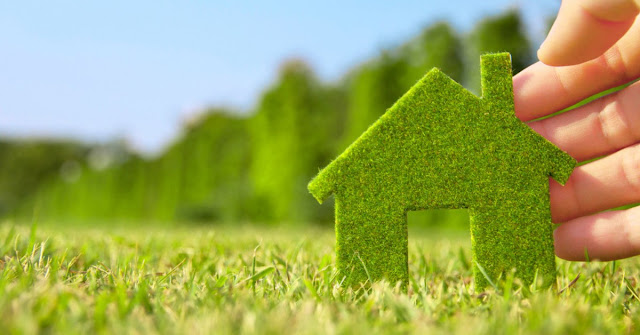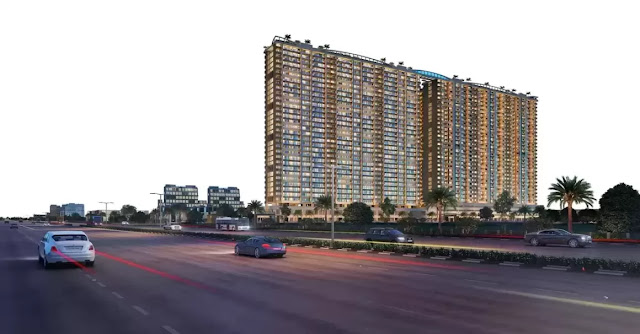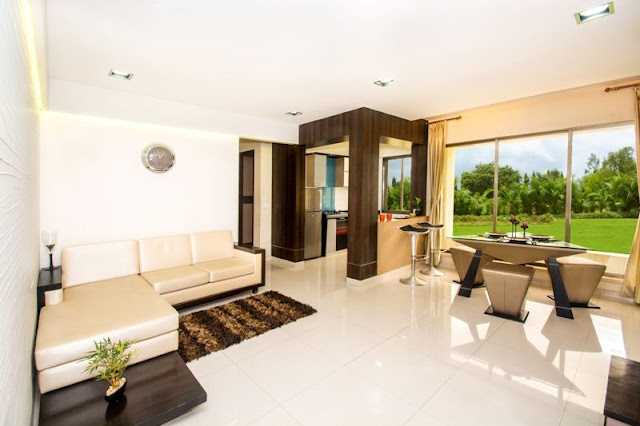World Environment Day: Industry, Stakeholders, Pitch In To Build Green
This year, the theme for World Environment Day is air pollution. Numerous
Need for the construction sector to invest in sustainability
According to the Global
Identifying the ‘green’ stages of construction
When it comes to green constructions, Sunita Purushottam, head – sustainability at Mahindra Lifespaces, points out that the entire lifecycle of a building – from site selection and design, to construction, occupancy and end-of-life phase – should be resource-conscious. At the design stage, the company creates blueprints that encourage green living and thereafter, resource-efficient materials are selected as part of the structure, fixtures and fittings, as well as on-site infrastructure. Optimal use of daylight is achieved via design, orientation, type of glass, shading and the right mix of enablers to reduce dependency on artificial light during the daytime.
“All Mahindra Lifespaces’ projects are designed, keeping in mind the sun-path, to
It is also important for a company to zero-in on sustainable locations that are in close proximity to relevant social infrastructure and mass transit routes, she explains. At the construction stage, the focus is on reuse of construction waste, to
In addition to bricks, fly ash can be used in concrete, cement roads,
Green building technologies gain ground in India
Sustainable and best practices have become more commonplace now, with developer bodies, environmental activists and home buyers raising concerns over the lack of such residential projects. As a result, more and more firms are aiming for green construction. “Our new projects use cutting-edge technology and materials such as Pilkington Glass that offers higher levels of natural light, noise control, thermal insulation and protection from fire – all without compromising on strength and stability. This high-quality glass keeps residents cool in summer, warm in winter and reduces monthly energy costs,” says Rakesh Reddy, director, Aparna Constructions and Estates Private Limited. He says that his firm has also started using aluminium wall
Are you living in an
For a building to be sustainable, much of this will depend on how the occupants use the premises. In addition to the residents making lifestyle changes to lead a green life, efforts also need to put by the
For example, at the occupancy and maintenance stage, the developer must focus on the project’s sewage treatment plants, water treatment plants, rainwater harvesting systems, solid waste management systems, organic waste converters and waste segregation at source.
Other focus areas include use of renewable energy such as solar PV, use of XPS boards to achieve lesser U-value, solar water heating, solar street lights, energy efficient lighting through the use of LED, CFL, energy efficient lifts, pumps and motors, and low-VOC (Volatile Organic Compound) paints, adhesives and insulations to maintain healthy indoor air quality. Low-flow, water-efficient fixtures are also a must.
“Specially designed terrace roof sections, with high
From affordable housing, to green affordable housing
Not just developers, others are also pitching in, to do their bit for the environment. IIFL Housing Finance, for example, is pushing to bring green homes to all. “As one of the biggest CLSS lenders, we
Towards this, IIFL has launched the ‘Kutumb’ initiative, seeking to assist developers to launch green projects across the country. This will have an independent cell headed by an architect and will roll out separate funds to developers committed to the cause of green buildings. The initiative has received recognition from three green certification agencies in India – Griha Council, EDGE and IGBC.
Green buildings: Barriers in India’s construction sector
Nevertheless, cost remains a crucial factor in the adoption of sustainable practices. In terms of finances, a ‘
“While globally, upscale and high-profile commercial and residential projects get certified by LEED and other agencies, this concept is still raw in India due to technological and financial barriers. One of the challenges, is to address myths around green buildings. One needs to understand that the intent of green buildings, is to create healthy and well-ventilated spaces. All this needs, is responsible design and construction solutions that do not have an incremental cost,” says Ratra.
India has already made significant progress,
Balaji Symphony is one of the best Luxury residential and Commercial Real Estate developer and Builders in Panvel, Navi Mumbai. Provides lavish and luxurious developed 1 BHK, 2 BHK and 3 BHK Flats & Projects in Panvel. The venture is well prepared with all contemporary facilities and 24X7 protection support to accomplish the needs of the citizens with modern amenities and security services. Buy Property in Navi Mumbai.
Source:https://housing.com/news/world-environment-day-industry-stakeholders-pitch-in-to-build-green/




Comments
Post a Comment